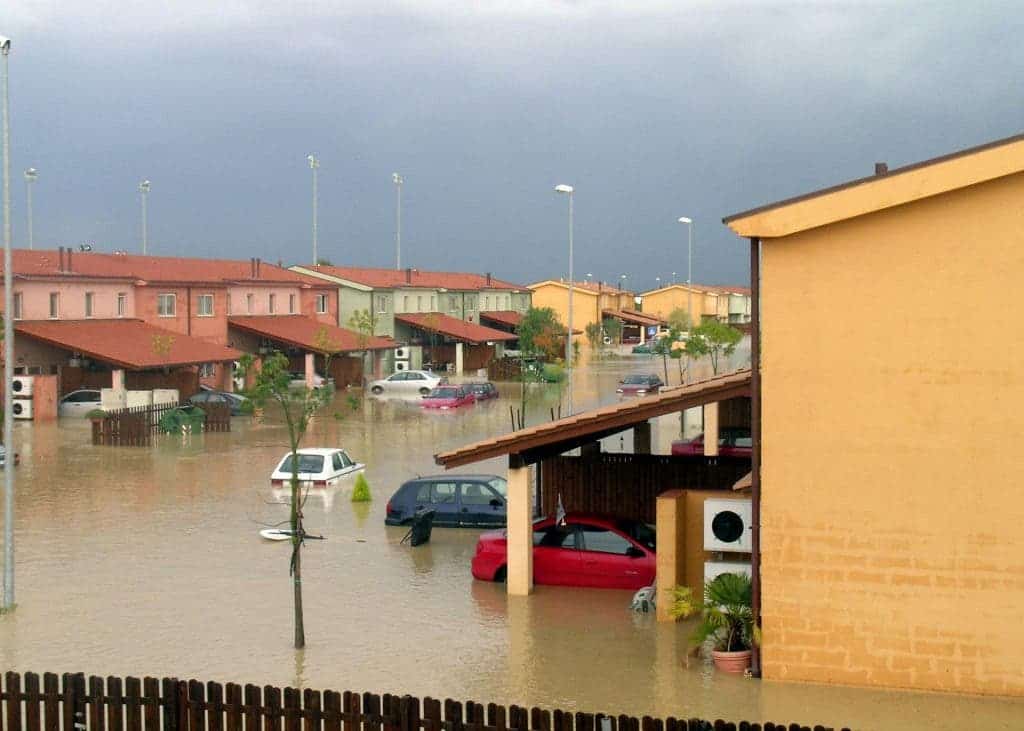Europe should brace for more intense storms, new research reports, as climate change stands to power them up in the future.

Intense, slow-moving rainstorms on the old continent will become more common in the future, according to experts at Newcastle University and the Met Office, UK. In absolute terms, we may see a 14-fold increase in their current frequency across dry land by the end of the century, they report. Such storms generally carry large amounts of precipitation which can cause extensive damage through flooding.
Slower storms tend to pose more of a risk because they dump precipitation on overall smaller areas, which means these are affected more strongly.
More of a bad thing
“With recent advances in supercomputer power, we now have pan-European climate simulations resolving the atmosphere in high detail as short-range weather forecasting models do,” explains lead author Dr. Abdullah Kahraman, of Newcastle University’s School of Engineering. “These models have grid spacing of approximately 2 km, which allows them to simulate storm systems much better, resulting in better representation of extremes”.
Although we’re already seeing flash floods across areas of Europe that traditionally never had to face them, such events will become even more common by the end of the century. Heating climate stands poised to make storms move slower over land, making them more likely to produce flooding through rainfall accumulation.
This, the team explains, is the first study to look at how the speed storms move at will be influenced by climate change. Most research regarding climate change and weather are focused on estimating the frequency and violence of freak or severe weather events to come.
“Using these state-of-the-art climate simulations, we have developed metrics to extract potential cases for heavy rainfall, and a smaller, almost-stationary subset of these cases with the potential for high rainfall accumulations. These metrics provide a holistic view of the problem, and help us understand which factors of the atmosphere contribute to heavy rainfall changes.
Since governments the world over have lagged behind on efforts to lower greenhouse gas emissions, there isn’t much we can do to avoid this increase in slow storms, according to the team. Under a RCP8.5 (business as usual) scenario, we can expect serious impacts throughout Europe, they add, from a combination of freak weather and more common storms, as well as the increase in slow-moving storms. The recent flooding seen in Germany and Belgium sadly underscores why such storms are dangerous to life and property, they add.
Europe itself is poorly suited to deal with slow-moving storms, as they are naturally very uncommon occurrences here, and generally confined to parts of the Mediterranean Sea. This means that predicting how they will evolve in the future, and which areas are likely to see the most of them, is vital to help people adapt and put systems in place to prevent loss of life due to flooding, as well as to limit the damage they can incur.
The paper “Quasi‐Stationary Intense Rainstorms Spread Across Europe Under Climate Change” has been published in the journal Geophysical Research Letters.









